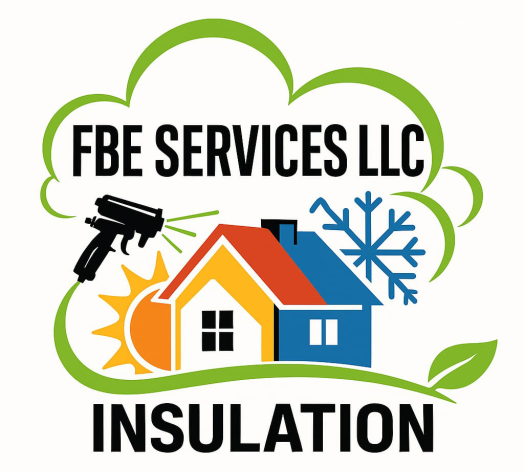Fiberglass is an insulating material made of intertwined glass fibers. It is made by melting silica sand, sodium oxide and calcium oxide and then blowing the molten glass through small holes to form fibers. The fibers intertwine to form a flexible and light material that is an excellent thermal and acoustic insulator.
Fiberglass has the following characteristics:
Thermal Insulation: Fiberglass is an excellent thermal insulator, meaning it helps block the flow of heat. This can help reduce your heating and cooling bills.
Sound insulation: Fiberglass is also a good sound insulator, meaning it helps block noise. This can help create a calmer environment in your home or office.
Economy: Fiberglass is a relatively inexpensive material, making it an attractive option for insulation.
Ease of Installation: Fiberglass is an easy material to install, making it a good choice for homeowners who want to install their own insulation.
Applications
Fiberglass is used in a wide variety of applications, including:
Home Insulation: Fiberglass is often used to insulate ceilings, walls and floors in homes.
Industrial insulation: Fiberglass is also used in industrial applications, such as pipe and duct insulation.
Commercial Insulation: Fiberglass is also used in commercial applications, such as insulating commercial buildings.
Security:
Fiberglass can be an irritating material to the skin and eyes. It is important to take safety precautions when working with fiberglass, such as wearing gloves, safety glasses, and a dust mask.
Recommendations:
Fiberglass is a good choice for insulation in a variety of applications. It is an effective thermal and acoustic insulator, it is relatively inexpensive and easy to install. However, it is important to take safety precautions when working with fiberglass.
Spray foam may be more expensive, but it appears to be the best option for your home for several reasons. Spray foam can prevent hot air from entering your home through the attic, while fiberglass has air leaks that will contribute to higher temperatures inside your home. When it comes to water damage, spray foam can even repel water. However, fiberglass can retain water and potentially damage your home. Most open cell spray foams will still dry after getting wet and due to the fact that it is not edible to mold, you will never have to worry about it getting moldy unlike fiberglass.
The spray foam will stay in place and not settle, which can ensure continuous performance for 80 years. However, fiberglass will need inspection and even updating after a few years. The sealing qualities of spray foam can even protect your home from dust, allergens, and contaminants, while fiberglass can generate dust and cause allergies. Pests can easily destroy fiberglass and cellulose, while spray foam provides zero food sources for pests.
